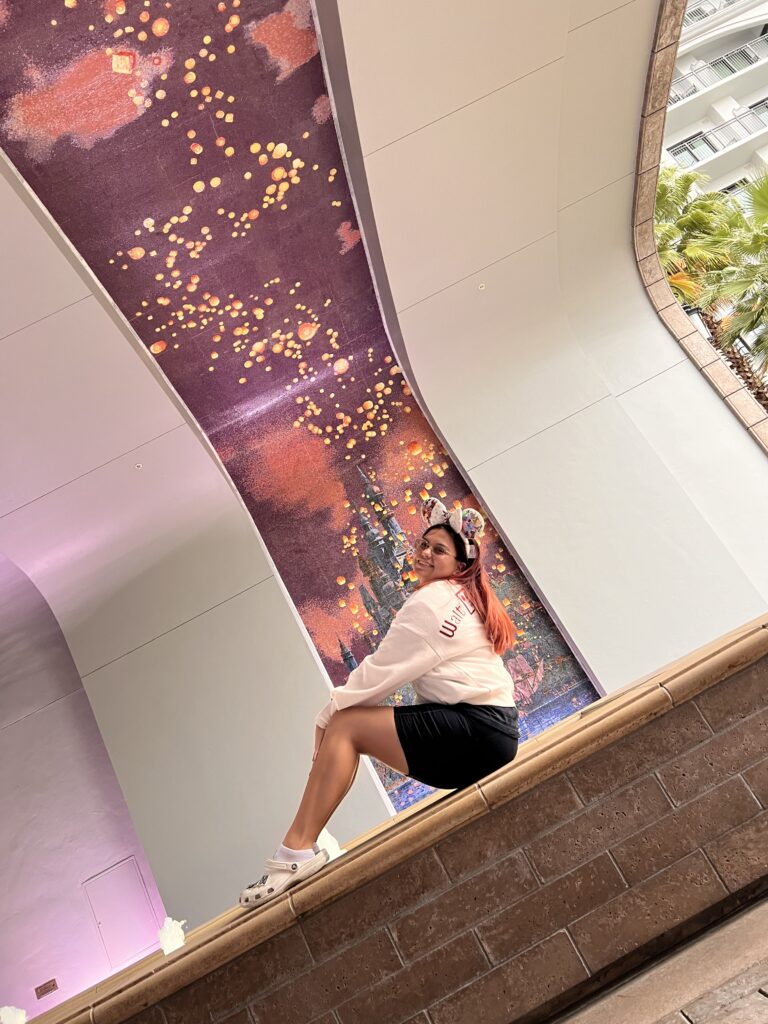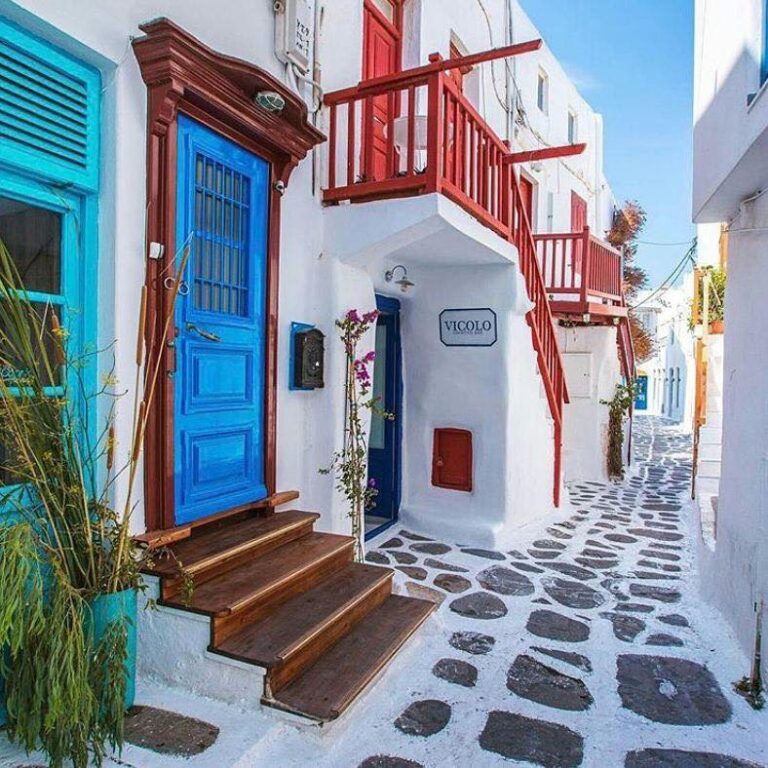Overview
Introduction
The island of Crete is Greece's largest island and home to Europe's first civilization more than 5,000 years ago. The island is scattered with world-class heritage sites ranging from the 3,500-year-old Minoan palaces and Roman cities to medieval castles, Renaissance towns and historic monasteries.
Located 210 mi/340 km south of Athens, Crete has become one of the most popular holiday destinations in the Mediterranean. Millions of vacationers from around the world choose this island every year for its excellent beaches, natural beauty and active nightlife.
The island is ruggedly beautiful, and its historical sites have elegant architecture, notable statuaries and fine mosaics.
Geography
Covering an area of about 3,205 sq mi/8,303 sq km, the island is dry and mountainous, and its highest peak is Psiloritis at 8,056 ft/2,456 m.
The island also has flowing streams that cut through rocky crevices and many pretty sandy beaches.
History
Crete has had settlements for more than 130,000 years, and it has been ruled by several empires, including the Byzantines and the Ottomans.
The Minoans were Europe's first advanced civilization, but the volcanic eruption of Thera brought the civilization to its knees. This was followed by the Mycenean civilization, and after a fierce three-year campaign, Crete became a Roman province. Under the jurisdiction of the Pope the island was subjected to many attacks, and it later came under control of the Patriarchate of Constantinople.
Crete was also subjected to German air strikes during World War ll.
Potpourri
Crete has the highest guns-per-person ratio in the European Union.
Cretans love to drink raki, also known as tsikoudia, a kind of liqueur made from fermented grape skin. It is so popular that each family has its own recipe.
Crete is the birthplace of Nikos Kazantzakis, author of the controversial novel The Last Temptation of Christ. In 1988, Martin Scorsese directed the novel's film adaptation. Both the book and the screening of the movie were banned in Greece.
Although Crete is an island, there are old men and women who have lived all their lives in the inaccessible mountain villages and might never have seen the sea.
After World War II, the Rockefeller Foundation arrived in Crete in 1947 to offer humanitarian assistance. They were surprised to find that Cretans were by far healthier than Americans.
Location
The ports of Chania and Heraklion are among the most important ports in the western Mediterranean, and a large number of freight and ferry boats anchor there.
Apart from their commercial importance, they offer connectivity to mainland Greece. The island also has ports in Agios Nikolaos and Rethymno.
At Heraklion's passenger terminal, cruise ship guests have access to free Wi-Fi and can use facilities such as luggage storage. Restaurants, cafes, car rental companies, taxi lines and a tourist information desk can be found there. The bus station at the port connects Heraklion with the main towns of the island.
Shore Excursions
Most cruise lines offer a half-day visit to the town where the ship docks or to the nearest beaches and cultural sites. A typical excursion can include Chania Town and Costa Costa beach; Heraklion Town and Knossos Palace; Agios Nikolaos and Elounda Bay; Taste of Crete and visit to Boutari Winery; Arolithos Cultural Village; and Lasithi Plateau. Shore excursions in Crete offer a variety of experiences including sightseeing, sandy beaches, museums and cultural sites, food and wine tasting and shopping.










































